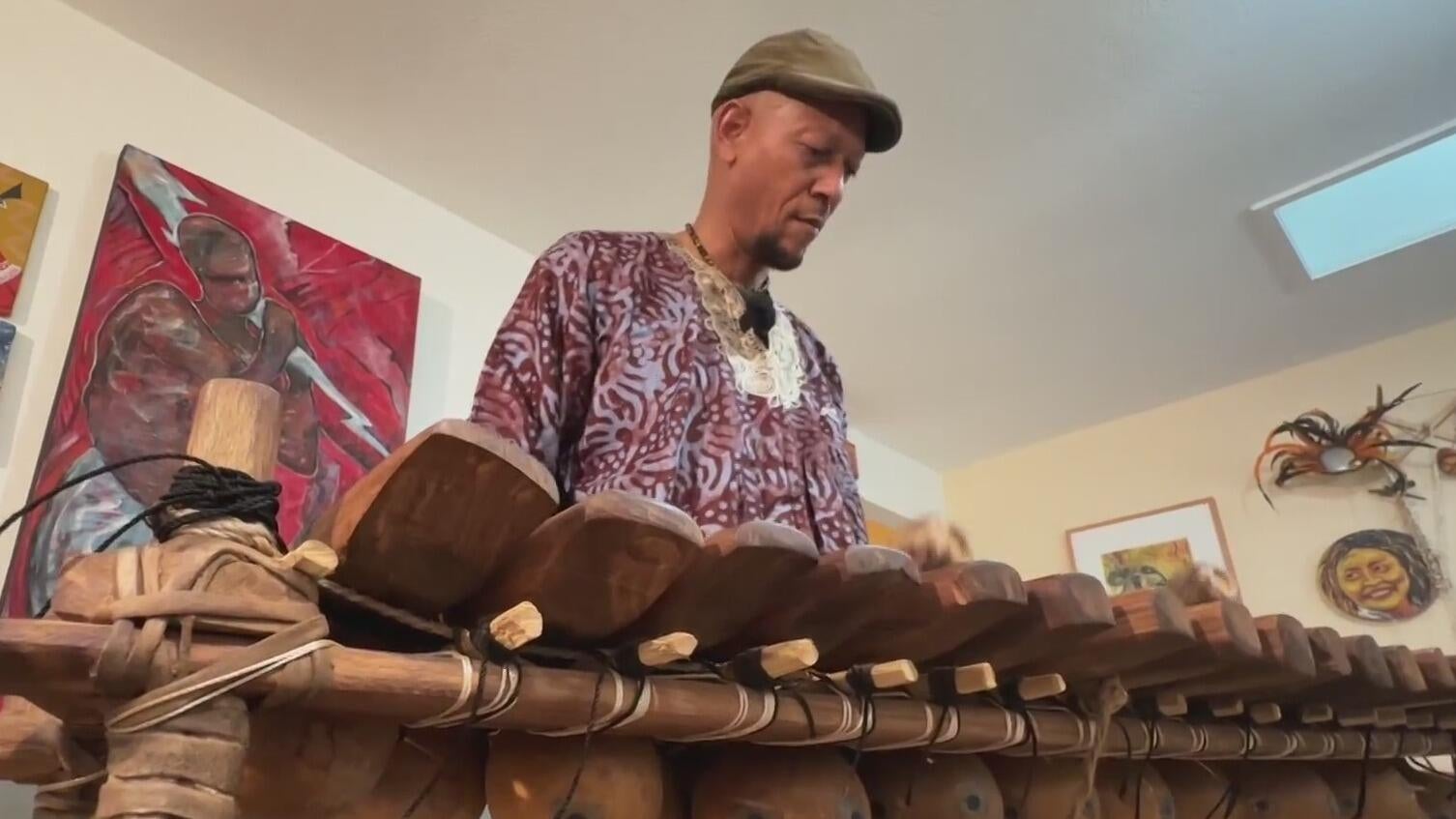Personal style is frequently considered a mirror of our identity, influenced by our experiences, surroundings, and cultural backgrounds. In my case, crafting my style has been a slow progression—a journey connecting three unique realms: the warmth and tradition of the American South, the lively and rich culture of West Africa, and the academic refinement of New England living. It required years of discovery, trial and error, and introspection to develop a look that appears genuine—an aesthetic that represents all elements of my origins and the person I have grown to be.
Growing up in Alabama, I was surrounded by a culture that valued presentation. Sunday best wasn’t just a phrase—it was a weekly ritual. Whether it was church, family gatherings, or community events, dressing well was a sign of self-respect and pride. There was a deep connection to tradition, and people put care into how they looked. Southern style often leans toward the classic and the put-together: clean lines, tailored fits, and a touch of elegance that feels both timeless and deeply rooted in local customs. As a child, I didn’t fully understand the weight that clothing carried in these moments, but I felt its importance. That early exposure planted the seeds of my appreciation for thoughtful dressing.
Simultaneously, my heritage from West Africa enriched my perception of fashion with vibrant hues, layers, and significance. The cloths, motifs, and the symbolic narratives woven into each strand—these were far more than just attire. They represented culture, festivity, and personal identity. Growing up, I observed family members don garments that narrated tales—vivid designs that depicted ancestry, social position, and sometimes emotions. Be it a relative’s nuptial event or a cultural festivity, these ensembles communicated powerfully without uttering a word. Fashion from West Africa, known for its fearless brilliance and complex artistry, demonstrated to me that apparel could wield influence, even political implications. It encouraged me to express myself, to be distinctive, and to pay homage to my roots through my attire.
Then came New England—a place where my sense of self and my understanding of style were both challenged and refined. College life in the Northeast introduced me to a very different visual landscape. Here, style leaned into minimalism and functionality. It was quieter, more understated, and often intellectually influenced. There was a certain unspoken elegance in a well-fitted coat or a pair of perfectly worn leather shoes. Preppy aesthetics met urban edge, and it was the first time I really thought about how to blend my cultural influences with contemporary fashion in a way that didn’t feel forced. At first, I felt out of place. My Southern boldness and West African vibrancy clashed with the subdued palettes around me. But over time, I learned to adapt—not by abandoning my roots, but by fusing them with new elements.
That fusion process wasn’t immediate. For a long time, I struggled with how to bring these identities into harmony. There were days when I felt too traditional, too loud, or not polished enough. I would question if my choices were appropriate or if I was trying too hard to be seen. But slowly, I realized that authenticity in style doesn’t come from following trends or conforming to one aesthetic—it comes from confidence, and from a deep understanding of why you wear what you wear.
Now, when I look at my wardrobe, I see a map of my life. I see the structure and grace of Alabama’s Southern charm, the richness and symbolism of West African textiles, and the refined subtlety of New England’s style philosophy. A tailored blazer might be paired with Ankara-print pants. A classic Oxford shirt might be layered under a handwoven kente vest. Neutral tones find balance with vibrant accessories. I don’t feel the need to choose between cultures—I embrace them all.
Style, for me, has become less about fitting in and more about standing in truth. It’s about being intentional. It’s about acknowledging that my clothes are part of my narrative. They’re the visual extension of my values, my heritage, and my evolution. I don’t dress just for occasions—I dress to connect with my story.
One of the most important lessons I’ve learned through this journey is that style isn’t static. It grows as you grow. What once felt unfamiliar or even uncomfortable can become second nature with time and self-assurance. And in a world that often tries to simplify people into single categories, blending multiple influences is an act of quiet resistance and personal celebration.
My style is a living expression of three identities woven together. Each element—Southern, African, and Northeastern—brings something unique to the table. And together, they’ve allowed me to create a look that doesn’t just follow fashion—it honors memory, geography, and selfhood. It took time to arrive here, but it was worth every step.



